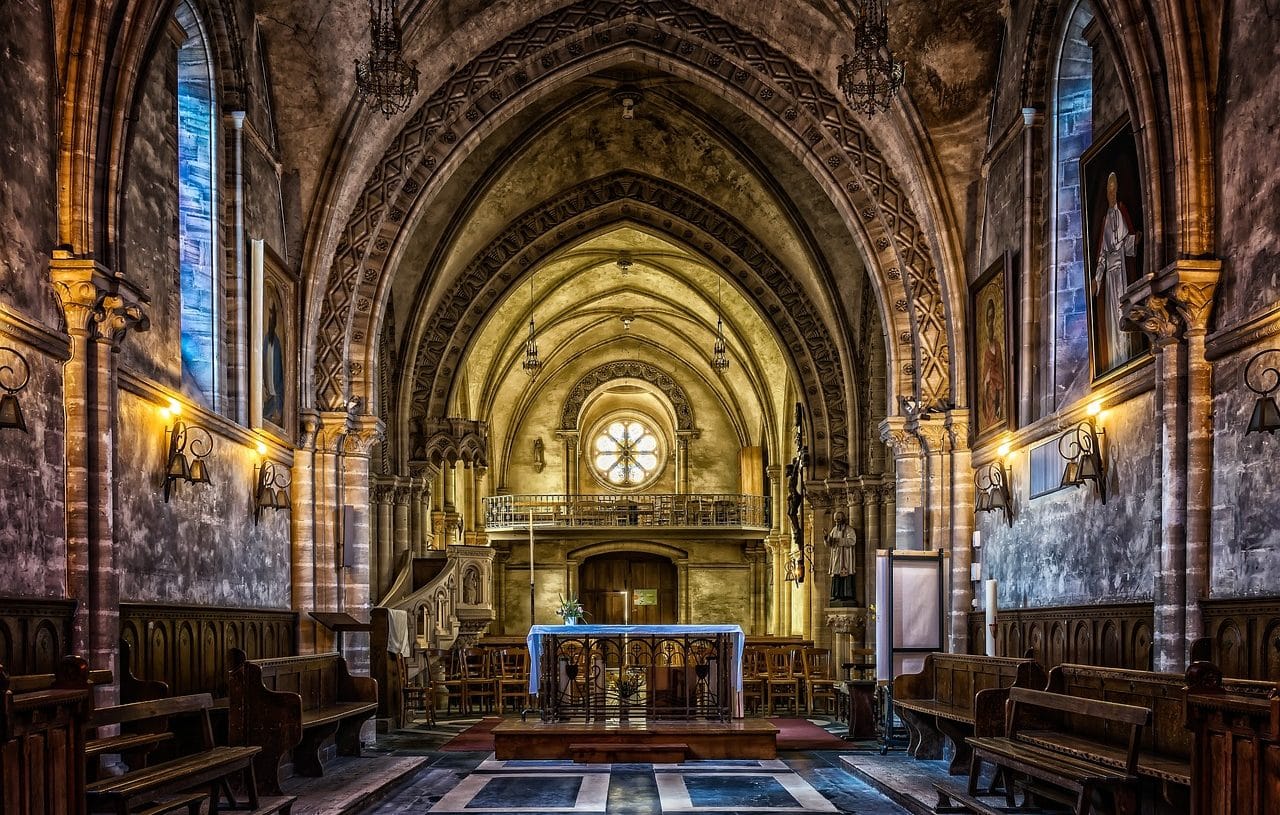
Temples are sacred places dedicated to worship, prayers, spirituality and the veneration of a deity.
Temple is a term that is frequently used in the religious field as a synonym for church , sanctuary or synagogue . According to the definition endorsed by the Royal Spanish Academy (RAE) , this word, which derives from the Latin word templum, refers to the site or building that is dedicated, exclusively, to a certain cult .
There are many temples worldwide, each with particularities that vary depending on their origin, age , location, dimensions, architecture and the creed to which they correspond.
It cannot be overemphasized that these constructions intended for the development of ceremonies and rites considered sacred usually generate interest and curiosity beyond religion . Many people of different ages and nationalities, regardless of their faith, want to visit these types of places because of the historical or cultural value they may have. In recent years, for example, the type of religious tourism that invites people to travel along routes or circuits that include chapels , basilicas , mosques , pagodas , etc. has been growing.
Temples throughout History
Throughout History, as a result of the beliefs, customs and knowledge of each civilization in terms of construction, multiple temples have emerged.
In Ancient Egypt , for example, stone was used to erect magnificent monumental temples . Along with the array of enclosures administered by a High Priest , prophets and lower clergy in charge of auxiliary tasks, there were funerary temples (also known as memorial temples).
In the times of the Sumerians and the Akkadian Empire , meanwhile, low temples and high temples came to light. Within this framework, ziggurats were created, structures with the appearance of stepped pyramids where, the faithful believed, the gods lived.
By focusing on Ancient Greece , however, it is possible to discover that the temples , founded in an east-west direction and located in the sacred area of each city-state, were architectural jewels used for the storage of votive offerings. Sacrifices or practices aimed at venerating a god were not usually carried out there.
The Mexica Empire , similarly, had as the symbolic core of its tributary fabric the Templo Mayor , a shrine and area to gather funerary deposits and sacred offerings .

The main temple belonging to the Christian cult in which each bishop is located, that is, each of the senior prelates of the different dioceses, is known as a cathedral.
Functions and importance
Every temple is important and must be respected. Beyond the functions for which they have been conceived and the actions that are carried out within them, these sites deserve consideration and care for their value and meaning.
A large number of people find peace, relief and even inspiration in these types of spaces. The most devout Catholics , for example, go to a church to receive one of the sacraments , witness a mass , and connect deeply with God through prayer. Muslims , meanwhile, have the mosque as their prayer corner.
There are temples , also, where funerals take place and multiple couples seal their love before the Heavenly Father by celebrating a religious marriage . In the faith encounters that take place in temples , to add more information, offerings are usually made and sermons and religious songs are heard.
The facilities of parish churches are even used on more than one occasion for social assistance causes, opening spaces for support and help to the most needy or vulnerable members of a community. You can receive donations of clothing or food there to distribute among those most in need, help victims of violence or addictions by giving them shelter and tools to get ahead, etc.
Each individual, based on their preferences, beliefs, customs and needs, has the freedom to choose whether to practice their spirituality outside or inside a temple ; whether or not to attend those places for actions of worship , prayer , sacrifice and meditation ; or whether you simply limit yourself to respecting the creeds and faith of others even if you define yourself as an atheist .

The altar is the consecrated space within a religious enclosure where different sacrifices or offerings are carried out.
Temples and sacred places for different cults
Multiple religions coexist in the world, each with its own precepts and sacred places, some more popularly recognized than others.
The Christian doctrine known as Catholicism , to indicate a specific case, brings together its faithful in sanctuaries in which religious images and relics are venerated. Pilgrims usually gather on special dates in basilicas , chapels , etc.
Within Judaism , however, the place of worship par excellence is the synagogue , whose authority is the rabbi . This spiritual leader guides his community and delivers a sermon , among other activities.
By paying attention to buildings linked to Buddhism , on the other hand, sacred sites such as pagodas and the vihara (Buddhist temple) gain visibility.
Nor should we overlook the existence of Hindu temples , which have different names, with mandir being one of the most widespread. They, which house inside some image or sculpture of a divinity considered the main one, are usually the destination point of more than one pilgrimage .
